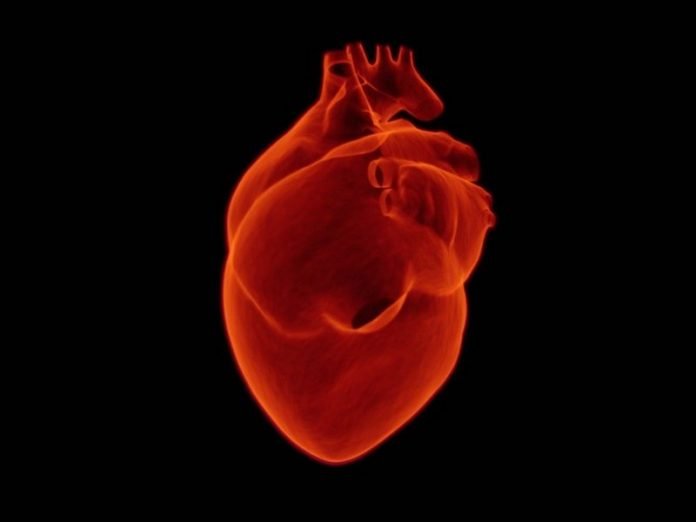
In a new study, researchers found why people with post-traumatic stress disorder (PTSD) face a higher risk of heart disease at an earlier age than people without PTSD.
They found dysfunction in small blood vessels that may be driven by the sympathetic nervous system—the system behind the fight-or-flight response—along with oxidative stress, an imbalance between free radicals and antioxidants in the bloodstream.
Problems in the small blood vessels are often a precursor to stiffening or narrowing of the larger arteries, which can lead to a heart attack, stroke, or other forms of heart disease.
The research was conducted by a team at Virginia Commonwealth University.
In any given year about 8 million adults in the U.S. suffer from PTSD, a mental health problem caused by witnessing or experiencing a traumatic event.
Previous studies have shown that PTSD increases a person’s likelihood of having heart disease by as much as 50%.
To trace the connections between PTSD and heart disease, the team conducted a series of heart assessments in 16 patients with PTSD and 24 healthy volunteers.
They found that blood vessel dysfunction is more prevalent in young adults with PTSD than those without.
Healthy arteries respond to changes in blood flow by constricting and relaxing.
The researchers found that all participants had normal responses in the brachial artery, an artery in the arm.
However, those with PTSD showed a significantly lower amount of blood flowing through a given portion of the brachial artery during testing, which reflects abnormal responses in the smaller vessels further downstream.
These participants also had a lower variation in the time intervals between heartbeats, a marker of increased sympathetic nervous system activation.
Those differences virtually disappeared when volunteers consumed an antioxidant supplement, suggesting oxidative stress plays a role in both the small vessel dysfunction and the sympathetic nervous system activity.
Free radicals naturally occur in the body as a result of normal physiological processes, but the body makes its own antioxidants to keep them in check.
Oxidative stress occurs when the free radicals overwhelm the body’s antioxidant defenses.
The researchers suggest that both oxidative stress and overactivity of the sympathetic nervous system, independently and cooperatively, may ultimately lead to an increased risk of heart disease.
The lead author of the study is Jennifer Weggen, a Ph.D. student.
The study was presented at the American Physiological Society annual meeting.
Copyright © 2020 Knowridge Science Report. All rights reserved.



